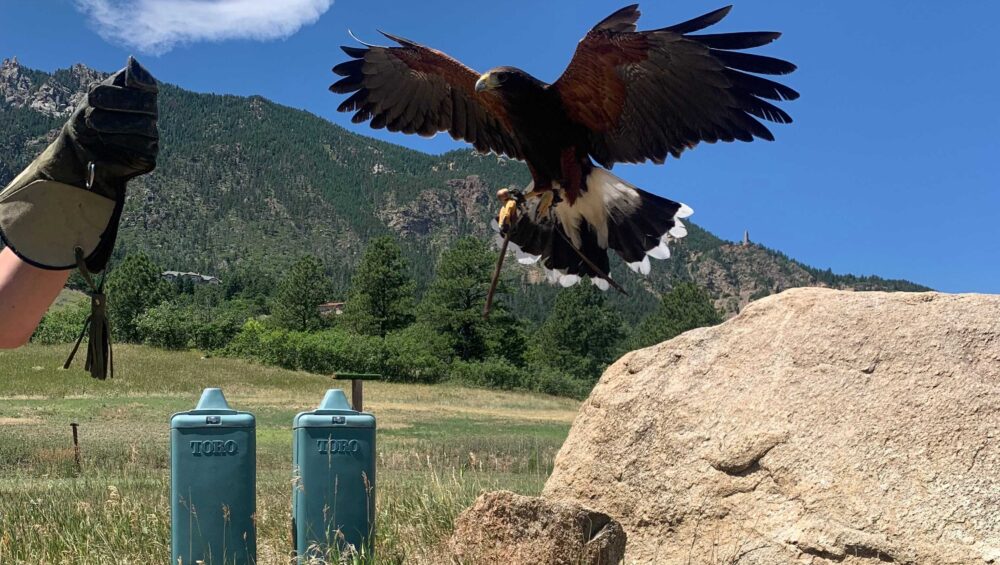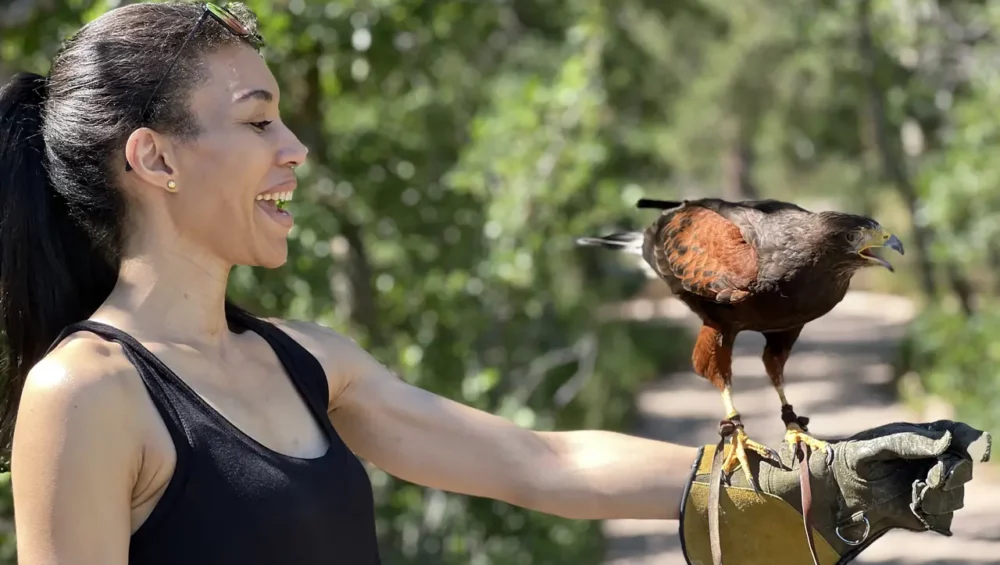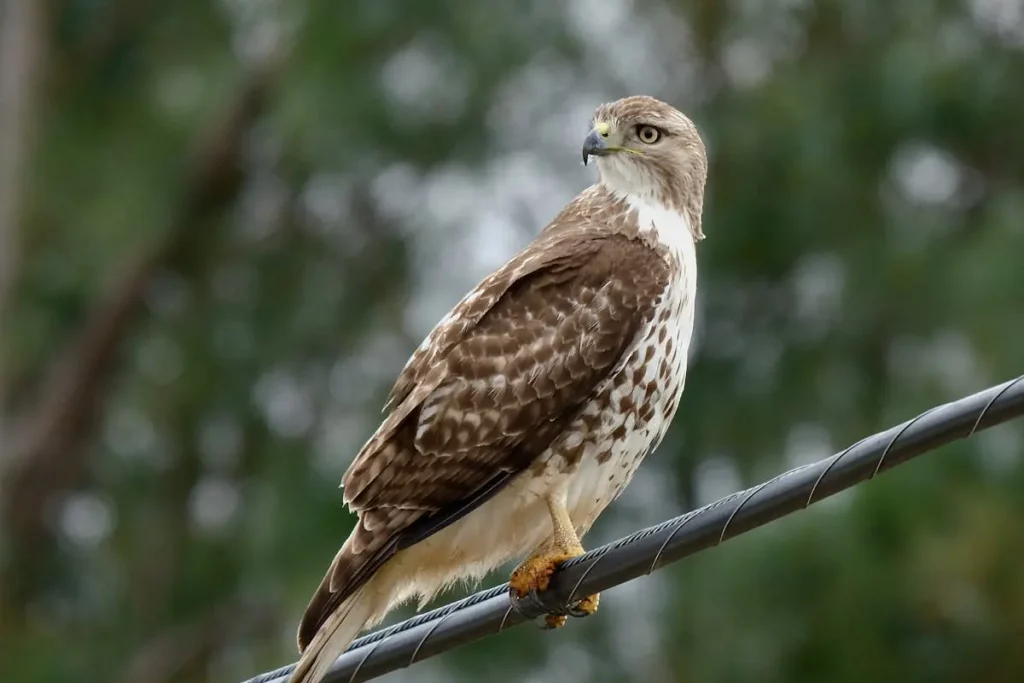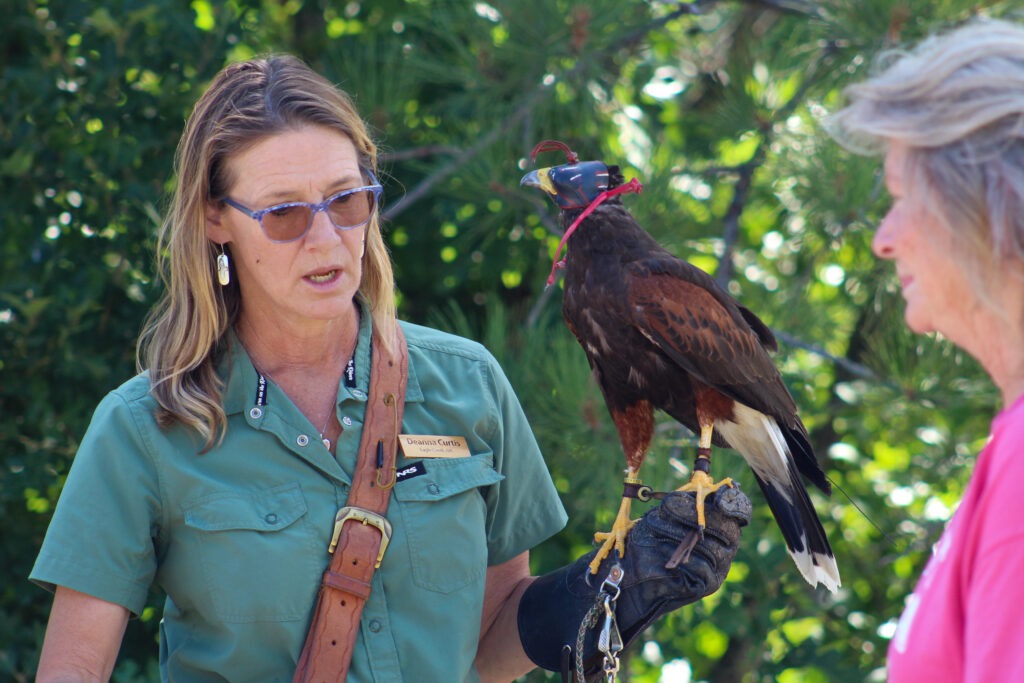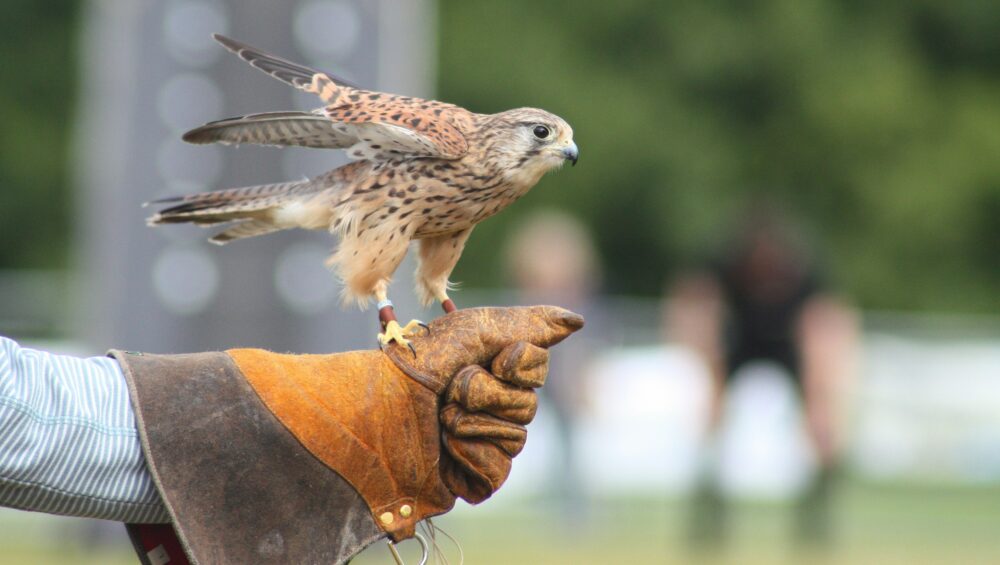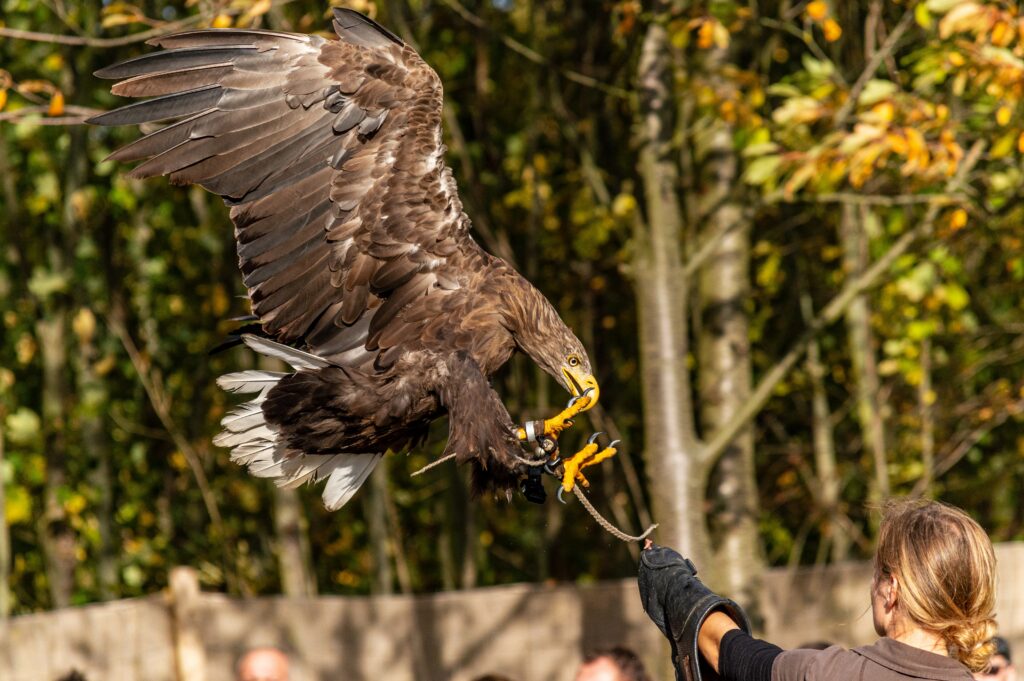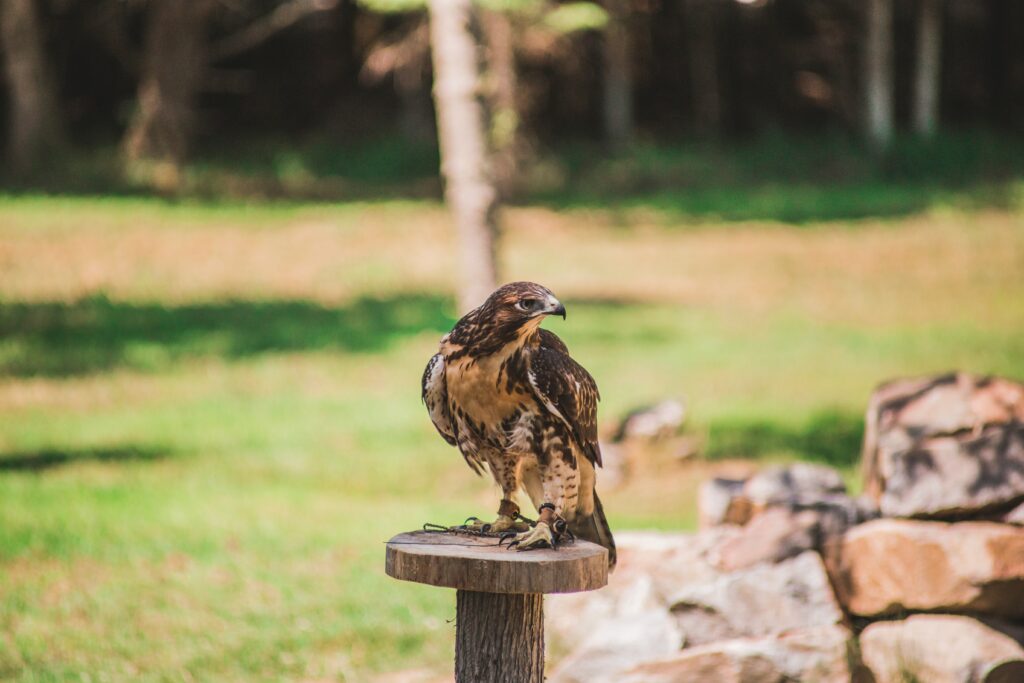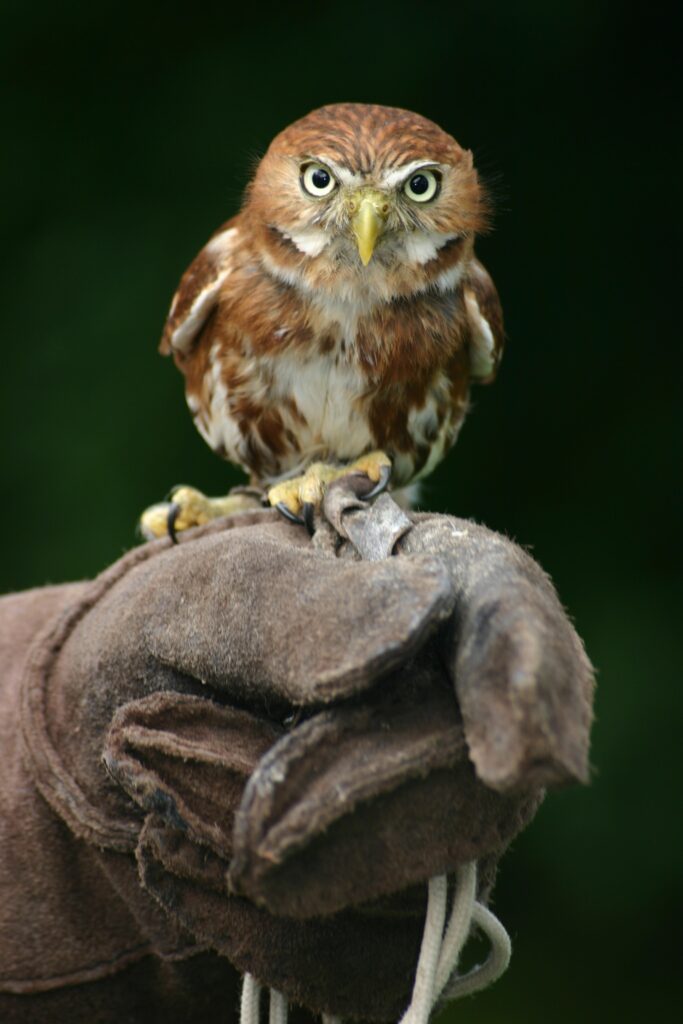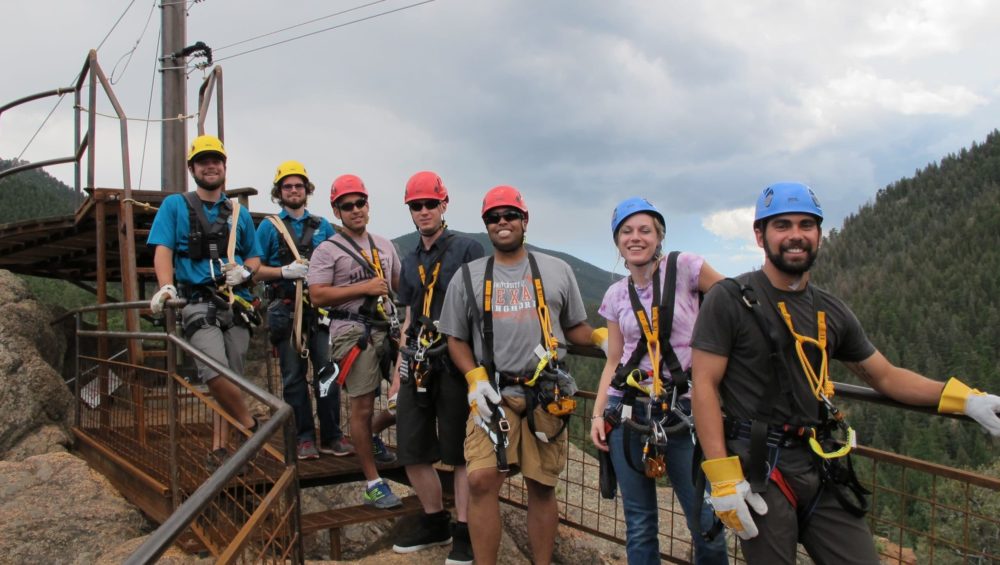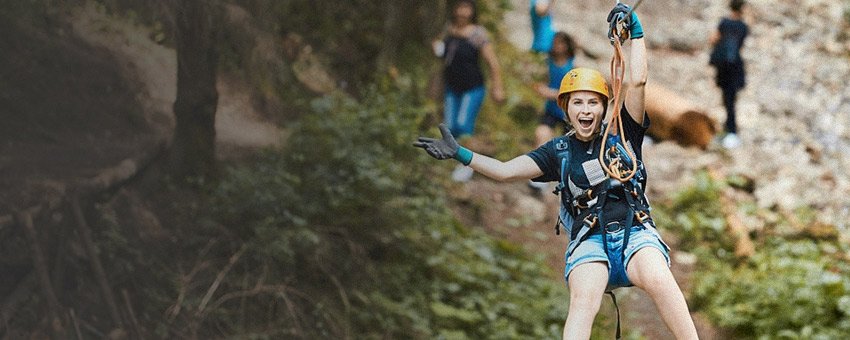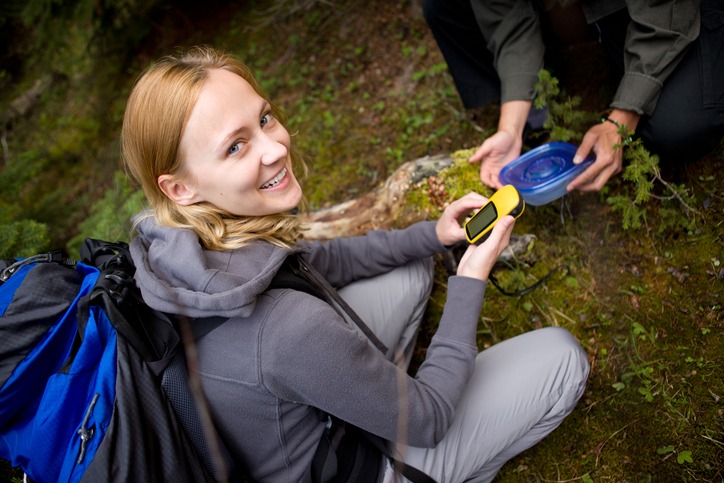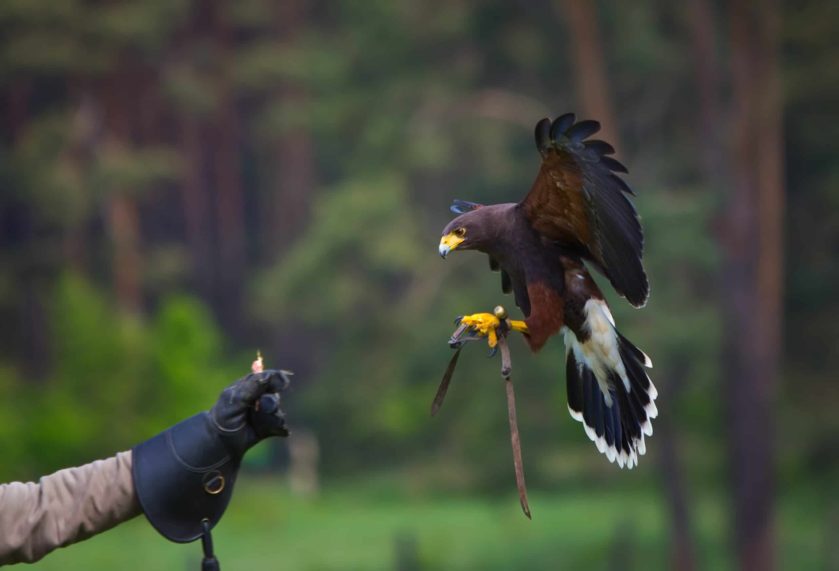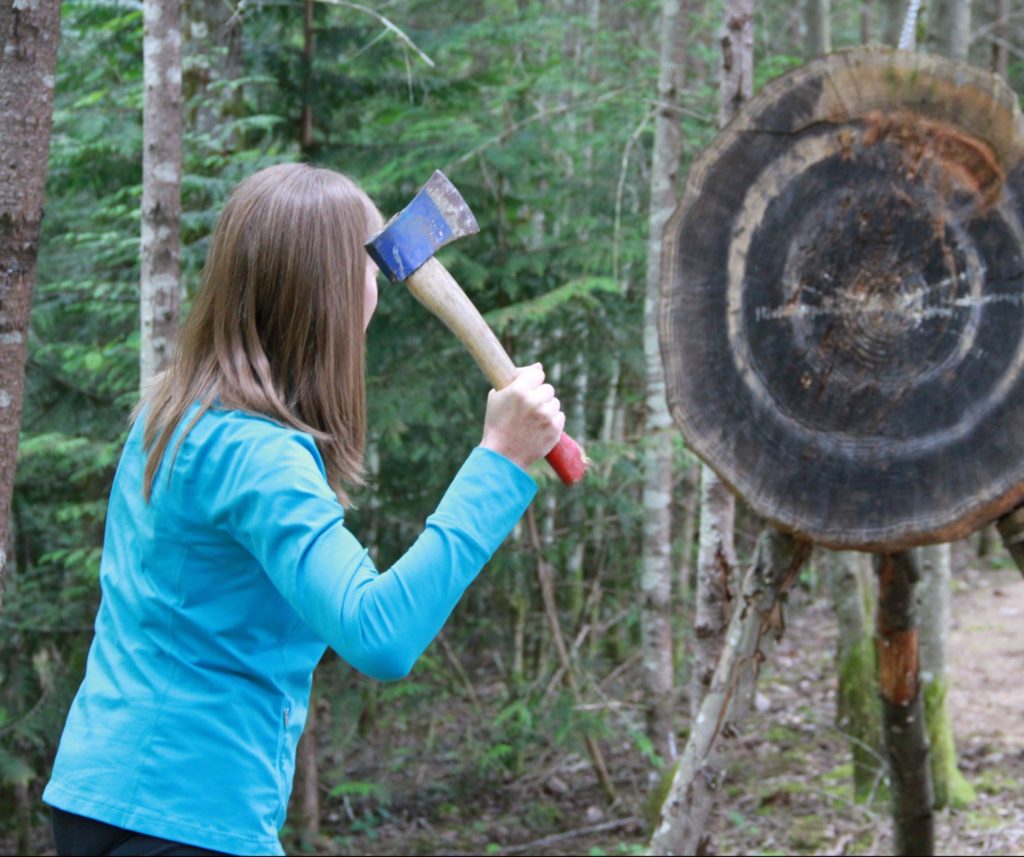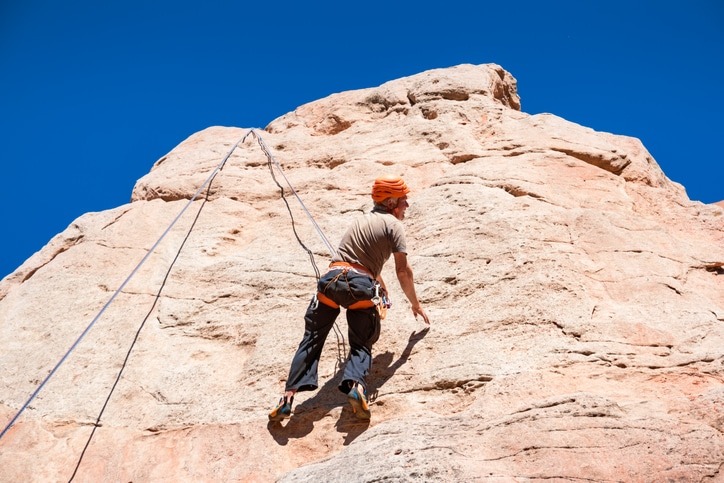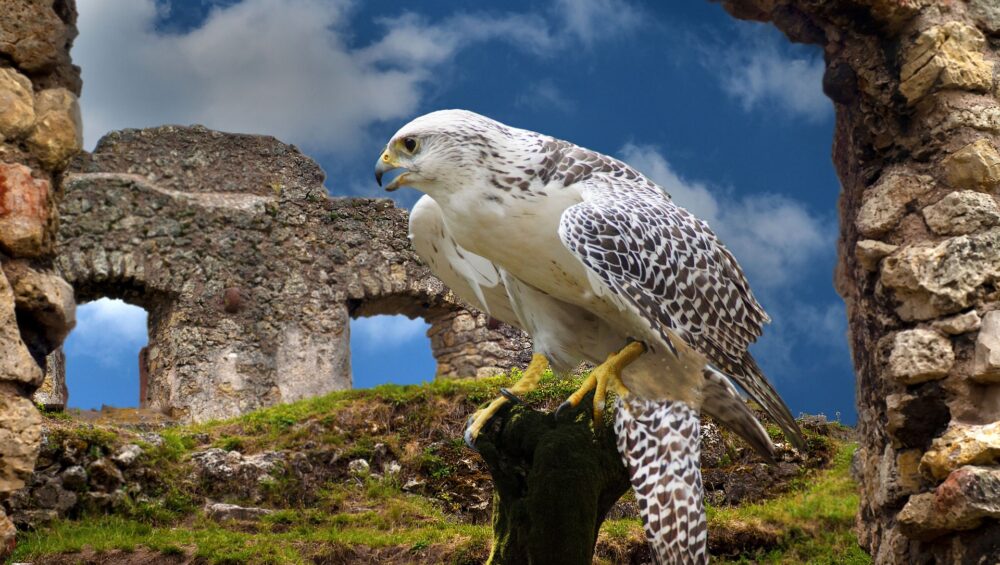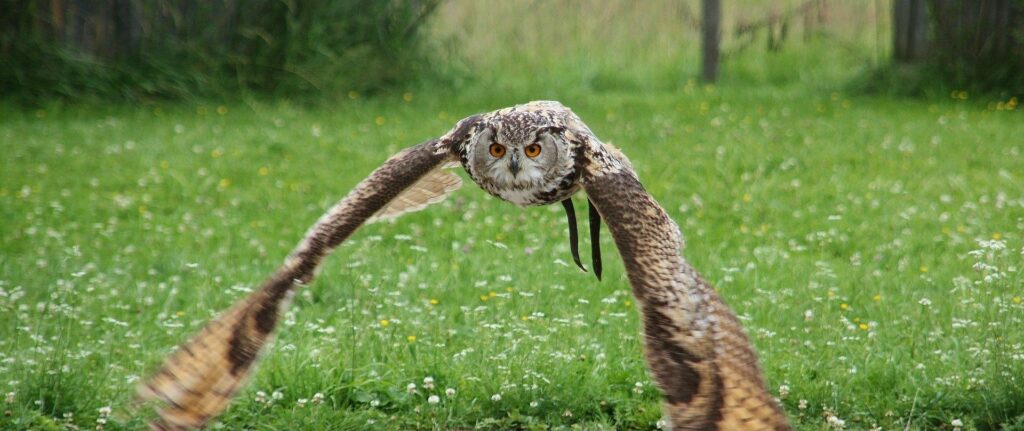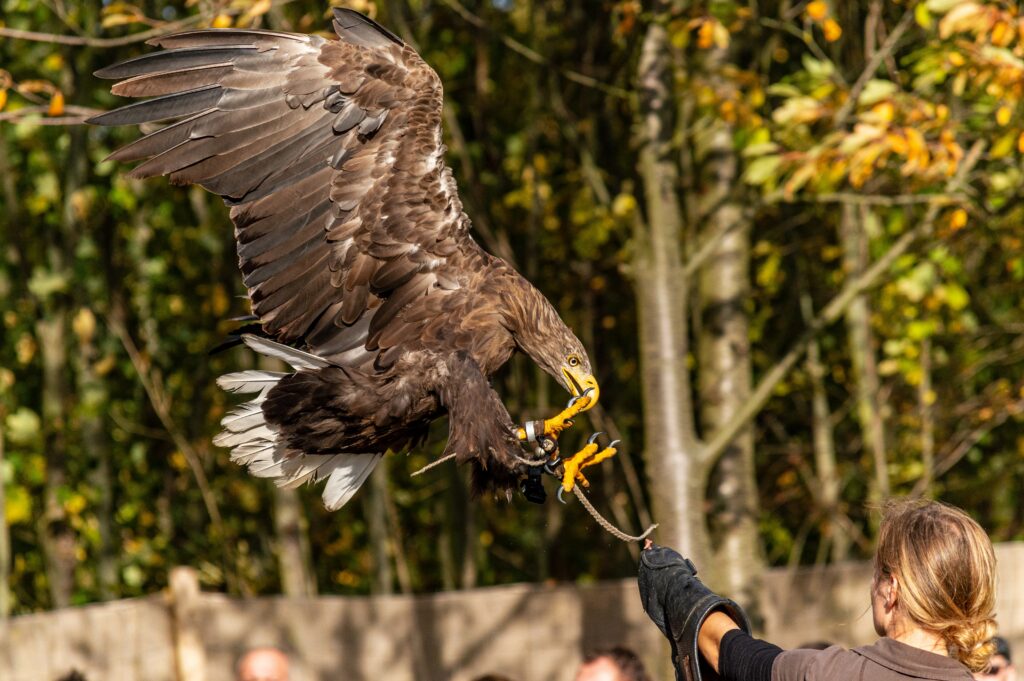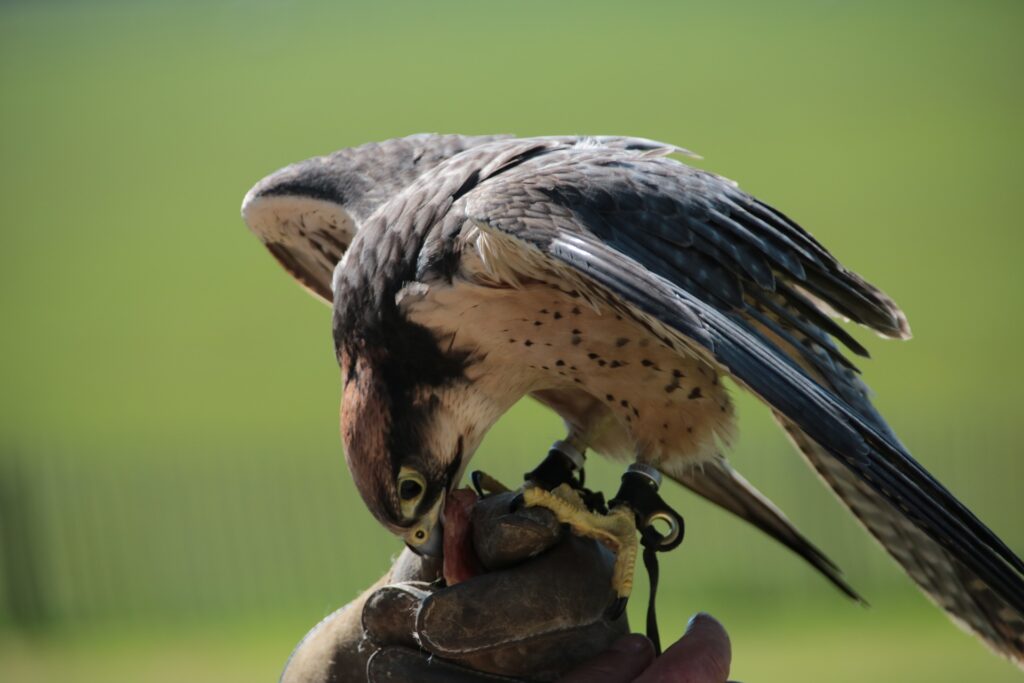If you’ve ever dreamed of getting up close to a hawk, falcon, or even an eagle, a falconry lesson in Colorado Springs offers a rare opportunity to do just that. This isn’t just watching birds fly—you’ll get to stand face-to-face with trained raptors, learn the fundamentals of the ancient art of falconry, and even have a bird of prey land on your gloved hand.
Whether you’re an aspiring falconer, a curious animal lover, or simply looking for a one-of-a-kind outdoor experience, Broadmoor Outfitters’ Falconry Beginners Lesson delivers something unforgettable. Here’s everything you need to know to prepare, from what to expect to what to wear.
What Is a Falconry Lesson?
Falconry is one of the oldest hunting traditions in the world, dating back thousands of years. Today, it’s less about sport and more about conservation, education, and human-animal connection.
In a falconry lesson in Colorado Springs, you’ll:
- Meet and interact with a variety of trained raptors—such as hawks, falcons, and owls
- Learn the basics of falconry history, ethics, and bird behavior
- Discover how raptors are trained and cared for
- Watch them fly and return on command
- Handle a bird yourself, using a leather glove and professional guidance
📍 Learn more or book your lesson: Broadmoor Outfitters Falconry Experience
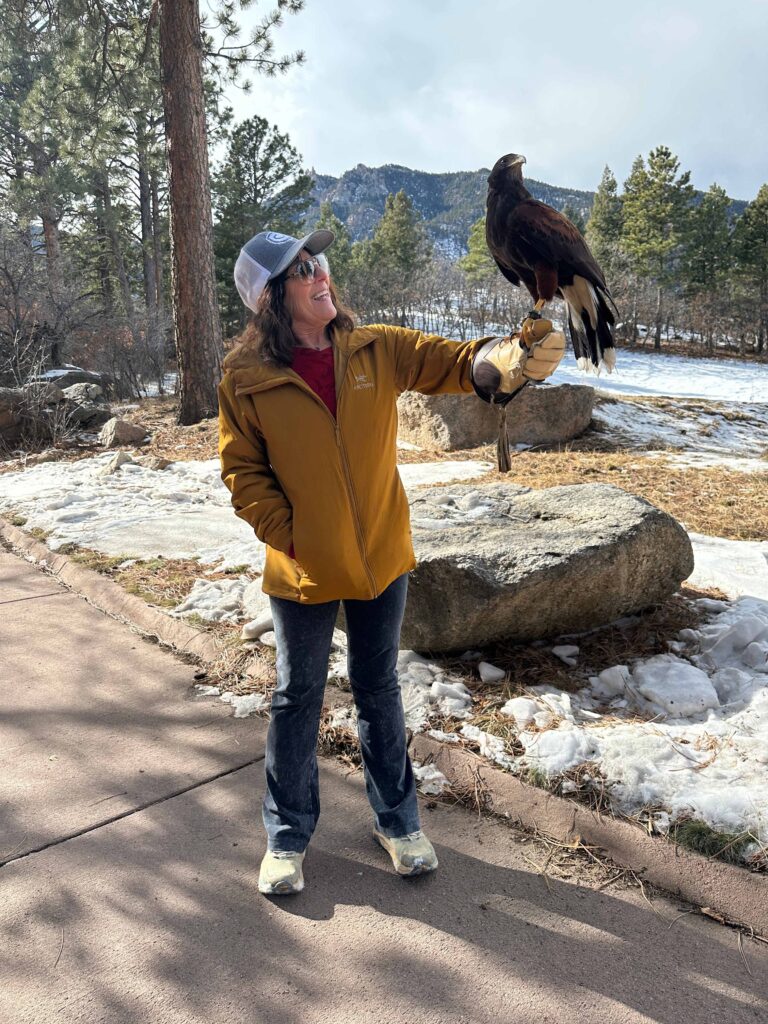
Where the Lesson Takes Place
The falconry lesson is held both indoors and outdoors in a scenic and private setting just outside The Broadmoor resort in Colorado Springs, nestled near the base of Cheyenne Mountain. This location provides both a peaceful environment for the birds and a beautiful backdrop for your experience.
This activity runs year-round, and each season offers something unique—lush green in summer, golden light in fall, and crisp blue skies in winter.
How to Prepare for Your Falconry Lesson in Colorado Springs
✅ 1. Dress for the Outdoors
Since you’ll be standing and walking outdoors (sometimes in uneven terrain), it’s important to dress appropriately for both comfort and safety.
What to Wear:
- Closed-toe shoes – Sneakers with good grip are ideal.
- Appropriate shorts or pants – To protect your legs from brush and for comfort outside.
- Weather-appropriate layers – Colorado weather can change quickly. Bring a light jacket or coat depending on the season.
- Hat and sunglasses – Optional, but helpful on sunny days.
What NOT to Wear:
- Uncomfortable shoes
- Real or fake fur
- Strong perfumes or colognes
✅ 2. Bring These Essentials
- Camera or phone – You’ll want to capture this experience! (Photography is welcome, but turn off the flash.)
- Curiosity and respect – These are wild animals, even if they’re trained. Come ready to learn and observe closely.
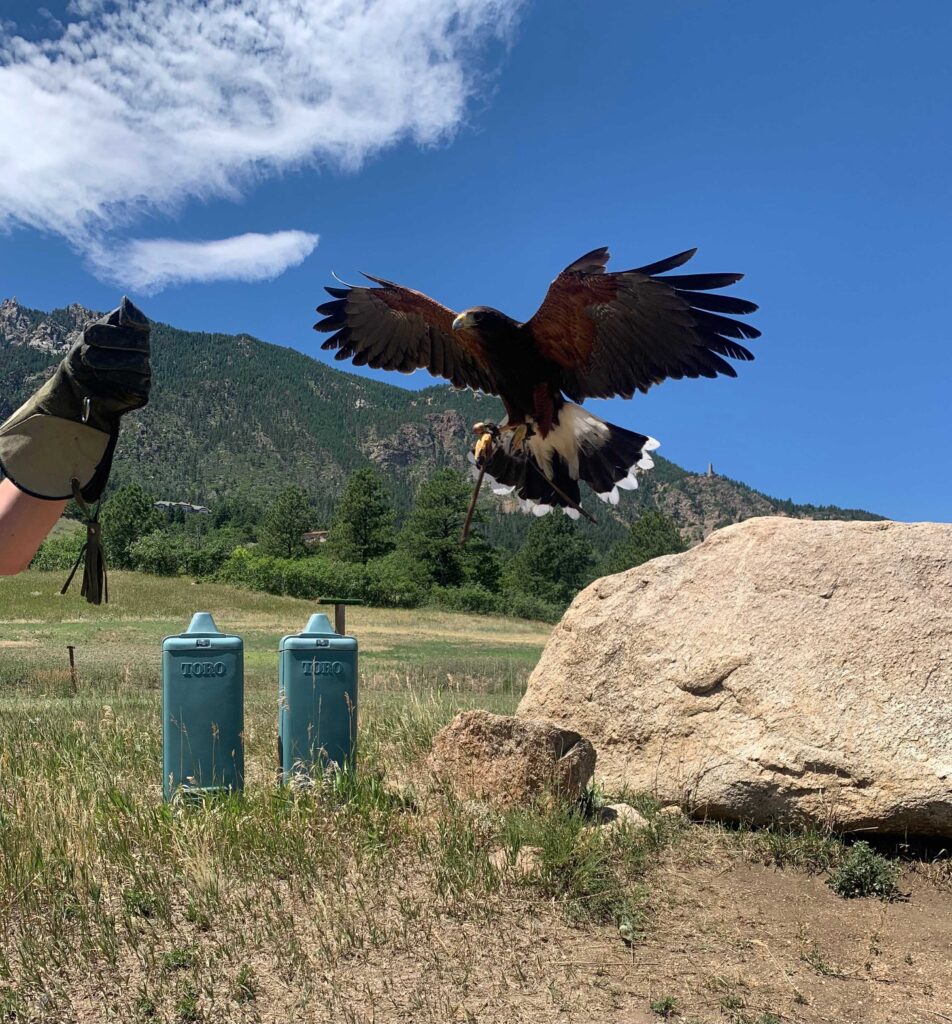
What You’ll Learn During the Lesson
While the highlight for many is having a bird sit on their fist, the session also includes a deeper dive into falconry as a practice. Topics typically covered include:
- The history and cultural significance of falconry
- The differences between species: hawks vs. falcons vs. owls
- How raptors hunt and communicate
- Basic falconry equipment, like jesses, hoods, and lures
- Training techniques and bird care
This is an observation, educational experience—perfect for families, couples, wildlife lovers, and corporate groups looking for a unique outdoor activity.
Who Can Participate?
The Falconry Beginner’s Lesson is open to ages 5 and up, making it accessible to a wide range of participants. However, all children must be accompanied by an adult.
The session is suitable for all fitness levels, but participants should be comfortable standing for 60–90 minutes and walking short distances on uneven terrain.
👉 Have a group? Falconry can also be part of Broadmoor Outfitters’ group and team-building events.
Why Choose a Falconry Lesson in Colorado Springs?
Colorado Springs is one of the few places in the U.S. where you can experience falconry in such a hands-on, immersive format. Here’s why it stands out:
- Stunning natural setting
- Experienced handlers and Master Falconers
- Small group sizes for personal interaction
- Year-round availability
Plus, you’re not just watching from a distance—you’re part of the experience. It’s the kind of activity that makes you slow down, pay attention, and walk away with a story you’ll tell for years.
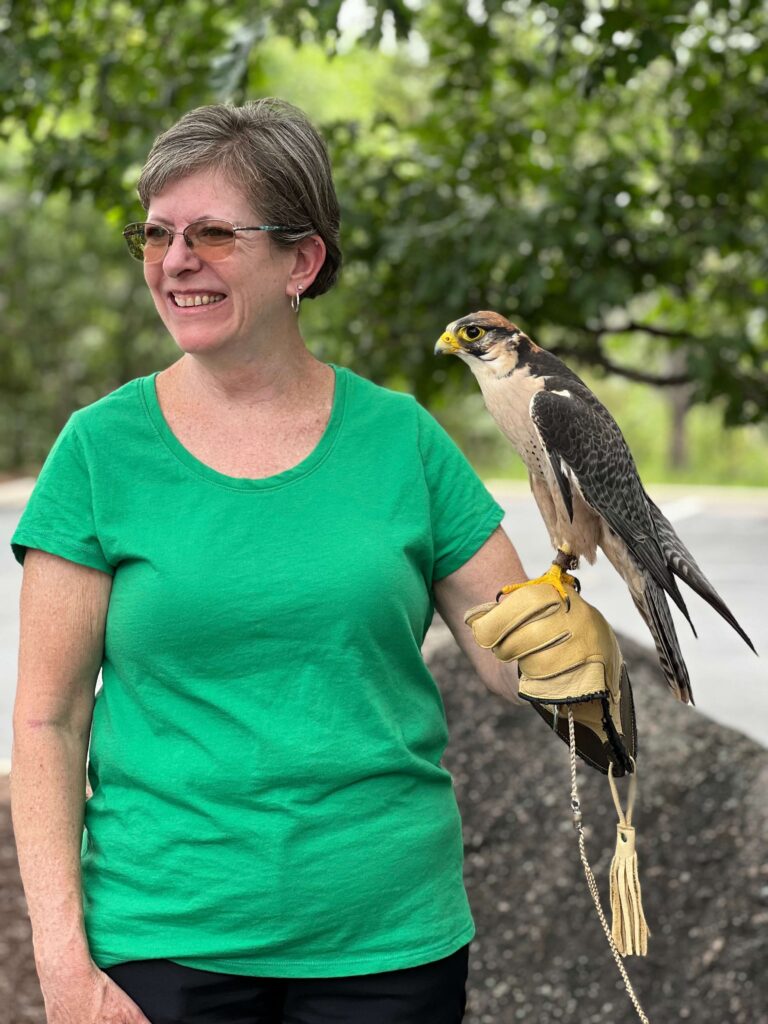
Frequently Asked Questions
Q: Do I need any experience to participate?
Nope! The Beginner’s Lesson is designed for people who are brand new to falconry.
Q: Will I get to hold a bird?
Yes—participants will have the opportunity to hold a raptor under the supervision of a trained falconer.
Q: Can I book this as a private experience?
Yes! Private lessons are available for families, couples, and small groups.
Q: Is it safe?
Absolutely. All experiences are led by professionals with extensive training in both falconry and guest safety.
Extend Your Adventure in Colorado Springs
Pair your falconry lesson with other local outdoor adventures for a full day of exploration:
- Hike or bike in Garden of the Gods
- Take the Cog Railway up Pikes Peak
- Visit Seven Falls
- Try tomahawk throwing or archery for more outdoor fun
Book Your Falconry Lesson in Colorado Springs
Whether you’re looking to cross a bucket-list item off your list or just want to try something truly out of the ordinary, a falconry lesson in Colorado Springs is an experience like no other.
Get ready to connect with some of nature’s most majestic predators—and discover why humans have partnered with them for centuries.
👉 Learn more and reserve your session here:
https://www.broadmooroutfitters.com/falconry-experiences/

